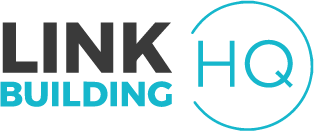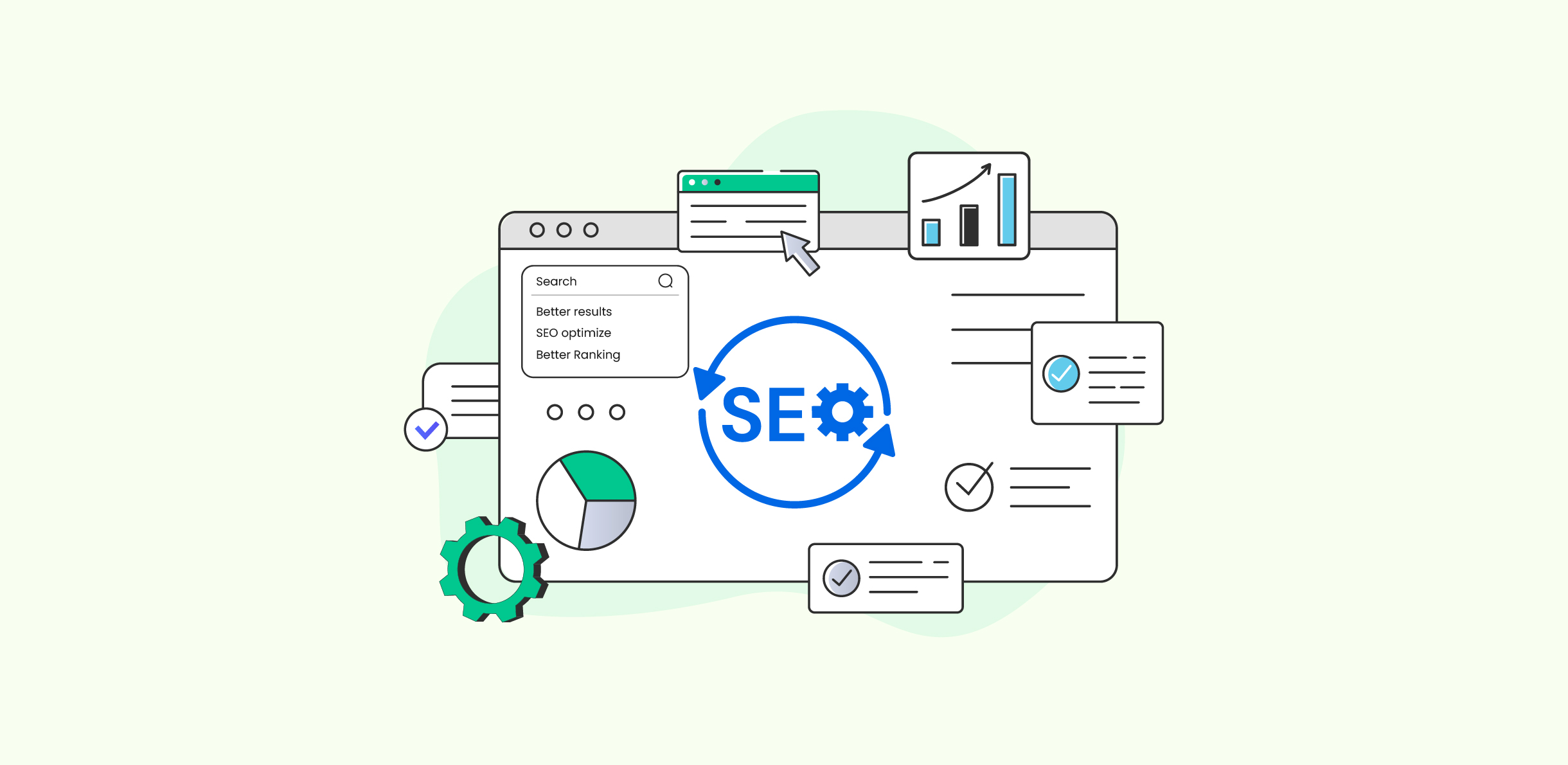MEAN stack SEO for applications has always been a challenge. A major issue faced by these apps is that the pages a user sees are often dynamic. This means that while the page may be refreshing and updating based on your clicks, the URL often remains the same.
However, this is merely the first of the obstacles bound to come your way as you direct your efforts towards SEO for MEAN/MERN Stack web applications. Before we dive deep to explore what can be done to overcome all the obstacles, let’s have a brief overview of the MEAN/MERN Stack.
What is MERN and MEAN Stack?
Simply put, a stack in this context refers to a development framework. Where MEAN stands for MongoDB, Express.js, Angular, Node.js, whereas MERN replaces Angular with React. The framework is used for the development of both websites and applications.
However, a key difference between websites and apps built on these frameworks vs. normal HTML is that the pages we get as the end-user are usually dynamic. This means that while the URL remains the same, the page may be refreshed for the user with updated information based on user behavior.
One of the most popular examples you’ll find is that of Facebook. As you scroll on your Facebook home, the page extends indefinitely as new posts load while the URL remains the same. And while this may be great for a seamless user experience, it can be daunting for crawlers analyzing the page for SEO. This makes SEO for JavaScript frameworks quite challenging for a layperson.
Why is MEAN/MERN Stack SEO Challenging?
With your web app developed on MERN/MEAN stack, one of the first challenges you’ll face is that of translation. Google’s crawlers are focused on reading HTML, while your MEAN/MERN stack app is developed on JavaScript.
Another major challenge you’ll face is that since the pages are dynamic, they may be loading new information, while the crawlers are only observing the initially loaded page. Moreover, creating a workaround requires you to have a developer with information about SEO, especially if you’re going for Technical SEO for a MERN stack app.
However, this makes the answer to the question “Is MERN stack SEO friendly?” complicated. Without the right workaround, your website won’t actually be properly seen by Google, which means reaching the top position becomes a far cry for your website.
Moreover, you also need to be aware of Angular SEO best practices, some of which are highly reliant on the niche and how your app is developed. And while improving crawlability in JS stacks does come with challenges, if your developers are adept at making amends, SEO is only a few jumps away.
How to Go for MEAN/MERN Stack SEO?
Implement Server-Side Rendering (SSR)
Server-side rendering will likely be your first step to ensure that whenever crawlers analyze your website, they receive a completely formatted HTML page, instead of a dynamic one. The reason why it’s so important for your website to provide an HTML page to crawlers is that Google assigns a crawl budget for each website.
This is where crawlers are given a timeframe in which they have to analyze a certain number of pages. Without SSR implemented, a crawler is likely to get stuck on the first page visited, leading to problems in indexing.
However, with the help of SSR, your website will display the complete HTML page along with all text, allowing crawlers to go through the content and consequently recognize the keywords and context to rank your web pages. Moreover, this will ensure that your website becomes efficient with the crawl budget, ensuring proper utilization.
Alternatively, you can also implement Static Rendering or rehydration to ensure that you provide ease of access to Google crawlers. Some websites also apply SSR solutions with Next.js. According to Tangent Tek, MERN stack websites with implemented SSR have seen a 50% improvement in initial page load times, which is good for SERP rankings.
Use the Right Meta Tags
Meta tag utilization is one of the fundamentals of On-Page SEO. Some of the most commonly used Meta tags you’ll find are:
- Meta Title
- Meta Description
- Meta Keywords
Using the right meta tags is imperative if you want Google to know exactly what your page is about at a glance. This goes especially for the Meta Title and Meta Description. Using the right Meta Title, defining the overall page content can provide a boost to Technical SEO for MERN Stack applications. Similarly, adding the right meta description should also positively impact your webpage’s visibility on the SERPs, helping the Technical SEO for your MEAN Stack website.
Apply the Right Schemas for the MEAN Stack Website
We already have a complete blog piece providing a step-by-step guide to implementing Schema Markups. However, if you’re looking to get schemas in under a minute, we would recommend getting them made via ChatGPT.
Create an Extra Page for Blog Pieces
A dedicated blog page will allow you to publish content pieces that can help rank all over the SERPs for your target keywords. What’s more? You can also target other long-tailed keywords, effectively increasing the number of keywords and search queries your website ranks for.
However, to do this, your objective would need to be set on garnering topical authority. Your mission, should you choose to accept it, would be to resolve questions that are troubling your current and potential users. This way, your website can emerge as an eminent problem-solver, over time established as a thought-leader.
The only thing you need to be vigilant of is making sure that your content is of high quality and follows the QRG Guidelines (EEAT). We have discussed the importance of EEAT in content in one of our previous blog posts.
With the help of AI, creating content should be fairly easy. However, we recommend humanizing the content and checking it for errors and inaccuracies to ensure your blog pieces have optimal quality.
Link Building
So far, we have only discussed the on-page SEO and Technical SEO tactics you can use to ensure your MERN/MEAN stack website app ranks on the SERPs. However, without off-page SEO, or getting backlinks with the right anchor text applied, achieving the top rankings can still be quite difficult.
While good content can and should bring you positive results with backlinks coming in from other websites quoting you as a source, these may not be as common as you’d probably want them to be. This is why we recommend partnering with a reputable white label link building agency.
With the right link building agency by your side, you’ll be able to focus more on your app improvements while the agency will take care of most of your off-page strategy. If you’re looking for a spot on top, feel free to check out our link building services.
Conclusion
MERN and MEAN Stack SEO can be a challenge initially, especially since it will bring developmental changes to your website. However, the efforts are truly worth it, as your top position can bring you 10 times more clicks than others. Good luck optimizing your MERN/MEAN Stack website. We hope our guide provided the necessary clarity to help optimize your web application.







